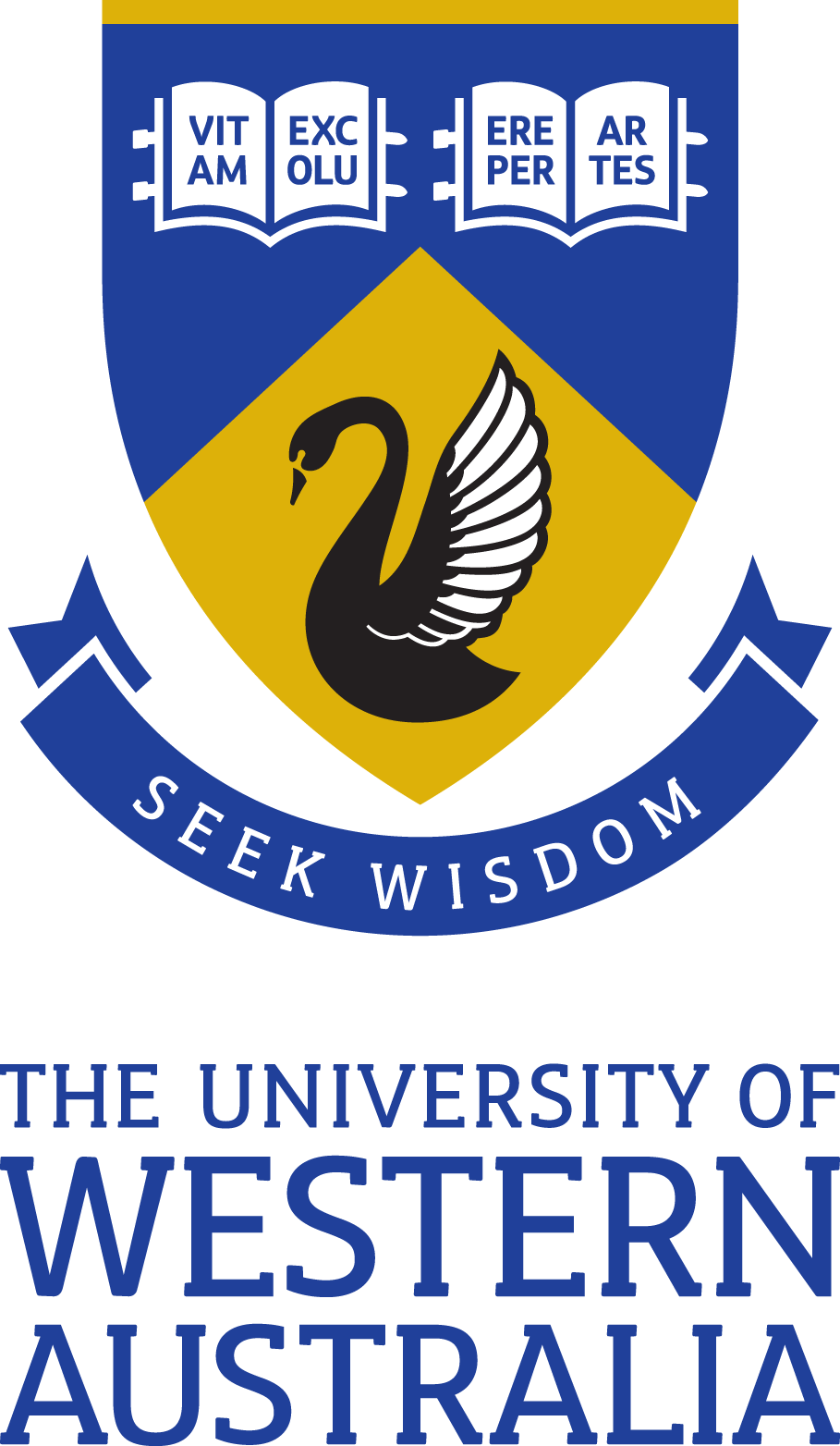Full description
Abstract Background Osteoporosis is a complex disease with a strong genetic contribution. A recently published genome-wide association study (GWAS) for estimated bone mineral density (eBMD) identified 1103 independent genome-wide significant association signals. Most of these variants are non-coding, suggesting that regulatory effects may drive many of the associations. To identify genes with a role in osteoporosis, we integrate the eBMD GWAS association results with those from our previous osteoclast expression quantitative trait locus (eQTL) dataset. Results We identify sixty-nine significant cis-eQTL effects for eBMD GWAS variants after correction for multiple testing. We detect co-localisation of eBMD GWAS and osteoclast eQTL association signals for 21 of the 69 loci, implicating a number of genes including CCR5, ZBTB38, CPE, GNA12, RIPK3, IQGAP1 and FLCN. Summary-data-based Mendelian Randomisation analysis of the eBMD GWAS and osteoclast eQTL datasets identifies significant associations for 53 genes, with TULP4 presenting as a strong candidate for pleiotropic effects on eBMD and gene expression in osteoclasts. By performing analysis using the GARFIELD software, we demonstrate significant enrichment of osteoporosis risk variants among high-confidence osteoclast eQTL across multiple GWAS P value thresholds. Mice lacking one of the genes of interest, the apoptosis/necroptosis gene RIPK3, show disturbed bone micro-architecture and increased osteoclast number, highlighting a new biological pathway relevant to osteoporosis. Conclusion We utilise a unique osteoclast eQTL dataset to identify a number of potential effector genes for osteoporosis risk variants, which will help focus functional studies in this area.Notes
External OrganisationsSir Charles Gairdner Hospital; University of Leicester; Emory University; King's College London
Associated Persons
Shelby Mullin (Creator); Suzanne J. Brown (Creator)Frank Dudbridge (Creator); Edward S. Mocarski (Creator)
Shelby Mullin (Creator); Suzanne J. Brown (Creator)Frank Dudbridge (Creator); Edward S. Mocarski (Creator)
Issued: 2020
Subjects
User Contributed Tags
Login to tag this record with meaningful keywords to make it easier to discover
Identifiers
- DOI : 10.6084/M9.FIGSHARE.C.4909641.V1

- global : ff577932-55a8-497f-a9f7-cd3634f908c5


